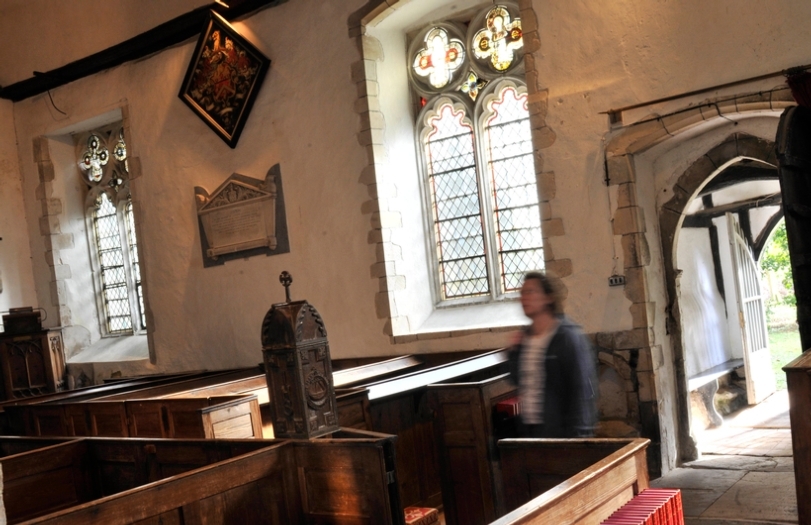A mace and a silver oar
This weekend, my family and I were guests of the Mayor of Fordwich at the Civic Service of the smallest town in Britain. This remarkable annual event to celebrate the Mayor and the Freemen of Fordwich will likely slip past the nation’s consciousness, but it really deserves a mention.
Despite being Britain’s smallest town, Fordwich, inhabited since 674AD, has a proud and long history. The Saxons rated it as a Burgh, Henry II gave it borough status and it served as the port of Canterbury. Indeed, the stone used to build the southwest tower of this famous cathedral was landed at Fordwich. In total, 400 tons of stone were imported from northern France between 1424 and 1425.
It’s all about connections!
Henry II promoted Thomas Becket to Archbishop of Canterbury in 1162. Once in post, king and bishop argued over the primacy of the church and Becket fiercely opposed Henry over the question of the supremacy of ecclesiastical courts. This led to Becket’s trial at Northampton Castle in 1164. There is a contemporary CCT church here, where Becket may well have preached before his trial.
Following his trial, Becket fled to France via Sandwich. Later there was a temporary reconciliation between the king and the bishop before Becket was murdered in his cathedral in Canterbury. The cathedral once held a shrine to Becket.
Fordwich has a strong link with another town with rich CCT connections: Sandwich. Fordwich is member or ‘limb’ of the Cinque Port of Sandwich. The Mayor Deputy of Fordwich still pays Ship Money each year to the Mayor of Sandwich, the price does not appear to change (unlike so many taxes) and is set at 3 shillings and 4 pence. This is a token gesture and represents the medieval tax of Ship Money levied on coastal areas of England. It was one of the few taxes that could be levied without Parliament approval. When Charles I tried to levy this in peacetime, it became a contributory factor of the Civil War. Of course, this war went on to impact significantly on the presentation of and practice in parish churches throughout the country.
Champing™
St Mary’s Fordwich holds the Fordwich Stone (thought to be a tombstone dating to c.1100), which was once in Canterbury Cathedral and may have been where St Augustine’s relics were placed. Since returning to Fordwich in 1877, it sits proudly in the church. Pilgrimage was an important source of inspiration to the medieval mind and there were well-trodden routes to Canterbury, especially for Becket’s shrine. It is possible that pilgrims stayed in Fordwich before they undertook the final leg to Canterbury.

With the creation of Champing™ , St Mary’s in Fordwich has become the most popular Champing™ venue in the world! More 'Champers' stayed here than at any other site in the 2017 season, with visitors flocking from all over the world to Britain’s smallest town. There are echoes of pilgrimage in Champing™, which offers a chance to really experience the long history of Fordwich in the church.
The story continues…
Our historic parish churches encapsulate the history of places like no other building, they represent the poorest to the richest, the local to the international. It is so important that we tell the stories held in our churches.
With 352 churches across the country, visit our website to find one near you and plan your next visit.

